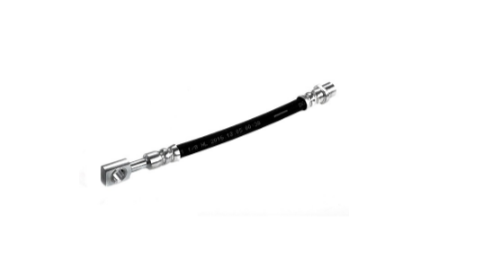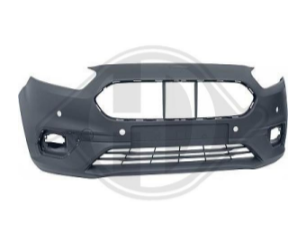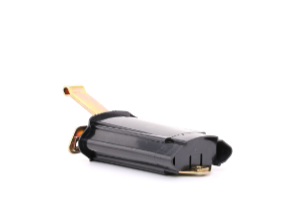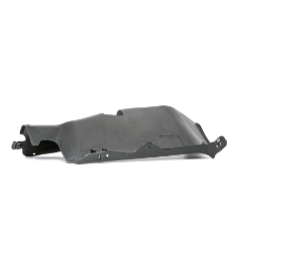Description
In Chevrolet’s braking system, the brake hose is a crucial flexible line that plays a vital role in transmitting hydraulic pressure from the master cylinder to the calipers (disc brakes) or wheel cylinders (drum brakes).
Here’s a breakdown of the function and characteristics of Chevrolet brake hoses:
Function:
- The brake hose acts as a flexible conduit that conveys brake fluid under pressure from the master cylinder, located near the brake pedal, to the braking components at each wheel.
- This hydraulic pressure is what ultimately allows the brakes to function by applying the necessary force to slow down or stop the wheels.
Characteristics:
- Material: Chevrolet brake hoses are typically made of high-strength, reinforced rubber specifically designed to withstand the high pressures encountered in the braking system.
- Durability: They are built to be durable and resistant to wear and tear, ensuring reliable performance over time.
- Safety: To ensure safety, brake hoses are DOT-compliant (Department of Transportation) and meet specific regulatory standards for pressure handling and durability.
Location:
- There are typically two or four brake hoses in a Chevrolet, depending on the specific model and whether it has disc brakes on all wheels or drum brakes on the rear wheels.
- In vehicles with disc brakes on all wheels, there are four brake hoses, one for each wheel, connecting the master cylinder to the individual calipers.
- In vehicles with disc brakes on the front wheels and drum brakes on the rear, there are typically two brake hoses, connecting the master cylinder to the front calipers.
Maintenance:
- Brake hoses are critical safety components and should be inspected regularly for signs of wear, damage, or leaks.
- Over time, brake hoses can deteriorate due to exposure to heat, weather, and chemicals. This can lead to cracks, bulges, or leaks, compromising braking performance.
- Replacing worn or damaged brake hoses is crucial to maintain the safety and effectiveness of the braking system. This should be done by a qualified mechanic following the manufacturer’s recommendations.







Reviews
There are no reviews yet.